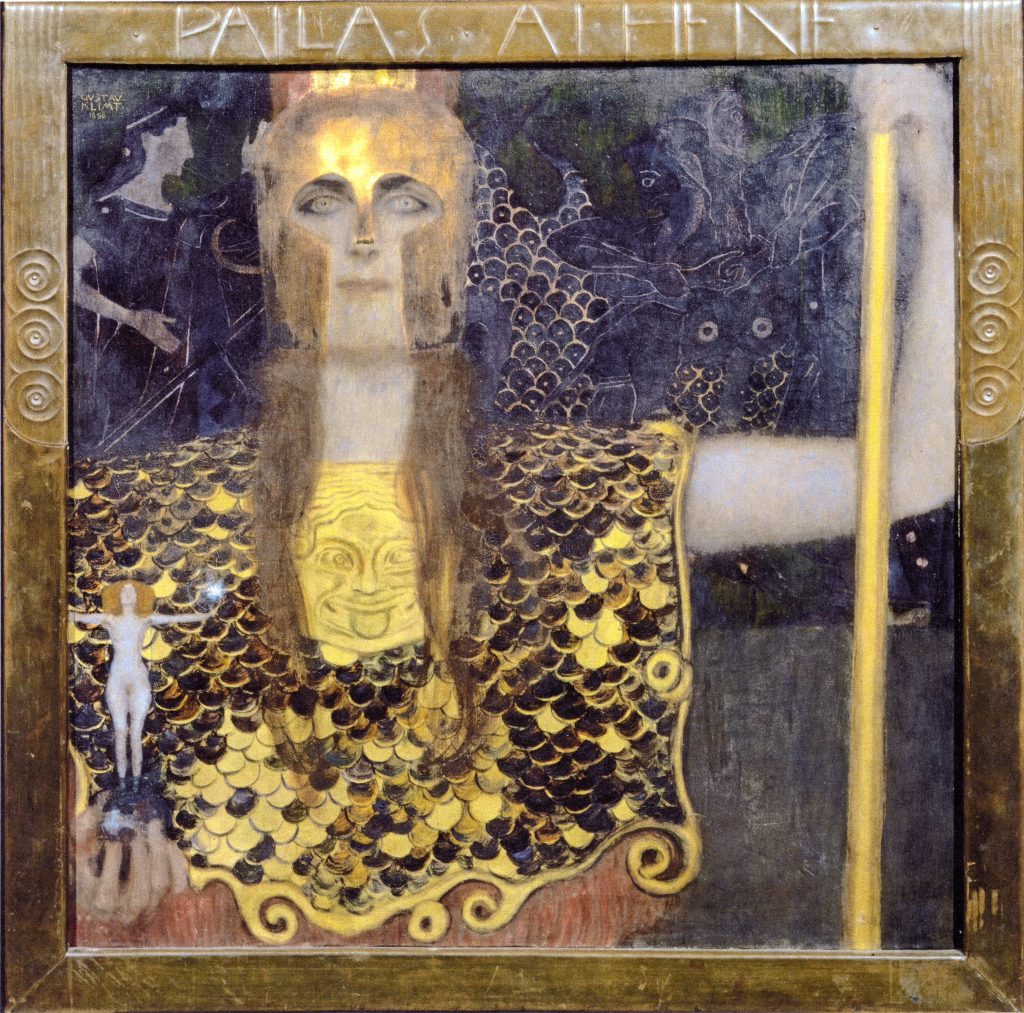
Gustav Klimt (14 July 1862 – 6 February 1918) was an Austrian Symbolist painter and one of the most prominent members of the Vienna Secession movement. He is renowned for his decorative and highly symbolic paintings, often characterized by a combination of eroticism, symbolism, and a fascination with the human form.

- Early Life and Education: Klimt was born in Baumgarten, near Vienna, Austria. He showed an early aptitude for art and attended the Vienna School of Arts and Crafts. Klimt’s early work was influenced by various artistic styles, including symbolism and the Arts and Crafts movement.
- Founding of the Vienna Secession: In 1897, Klimt, along with other artists dissatisfied with the traditional art establishment, founded the Vienna Secession. This movement aimed to break away from academic art and promote new, avant-garde styles. Klimt served as the first president of the Secession.

- Golden Phase: One of Klimt’s most famous periods is his “Golden Phase,” during which he created some of his most iconic works. The use of gold leaf in his paintings, such as “The Kiss” (1907-1908), became a hallmark of this period. These works are characterized by elaborate patterns, symbolism, and a luxurious use of gold and ornamental details.
- Symbolism and Allegory: Klimt’s paintings often contained symbolic elements and allegorical themes. He explored the complexities of human relationships, love, and the mysteries of life and death. His works frequently featured femme fatales, intertwined figures, and ornate patterns.
- Portraiture: Klimt was also a skilled portraitist, creating portraits that combined traditional portraiture with his unique decorative style. One of his most famous portraits is “Adele Bloch-Bauer I” (1907), which is renowned for its intricate gold patterns.
- Controversies: Klimt’s work was not without controversy. Some of his paintings, particularly those with explicit erotic themes, faced criticism and were considered scandalous in conservative circles of Viennese society.

- Later Years and Legacy: Klimt continued to produce significant works until his death in 1918. He left an enduring legacy and is regarded as a key figure in the development of modern art. His influence can be seen in the works of subsequent artists, and his paintings continue to be celebrated for their beauty, symbolism, and innovation.
Gustav Klimt’s unique style, blending symbolism with a decorative approach, remains influential and continues to captivate art enthusiasts worldwide.





